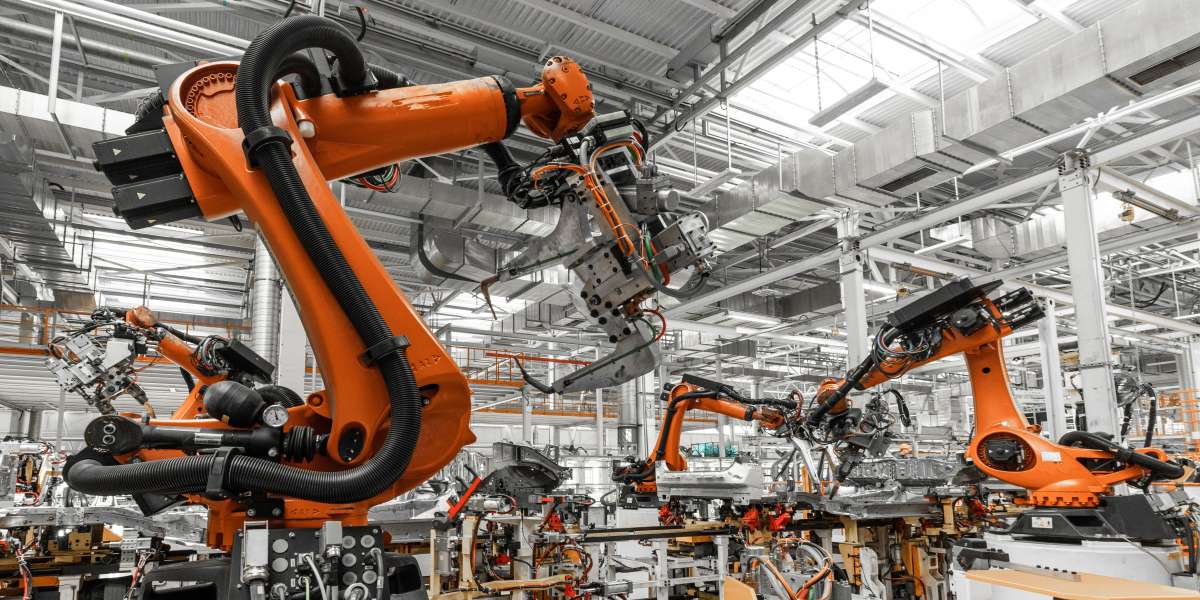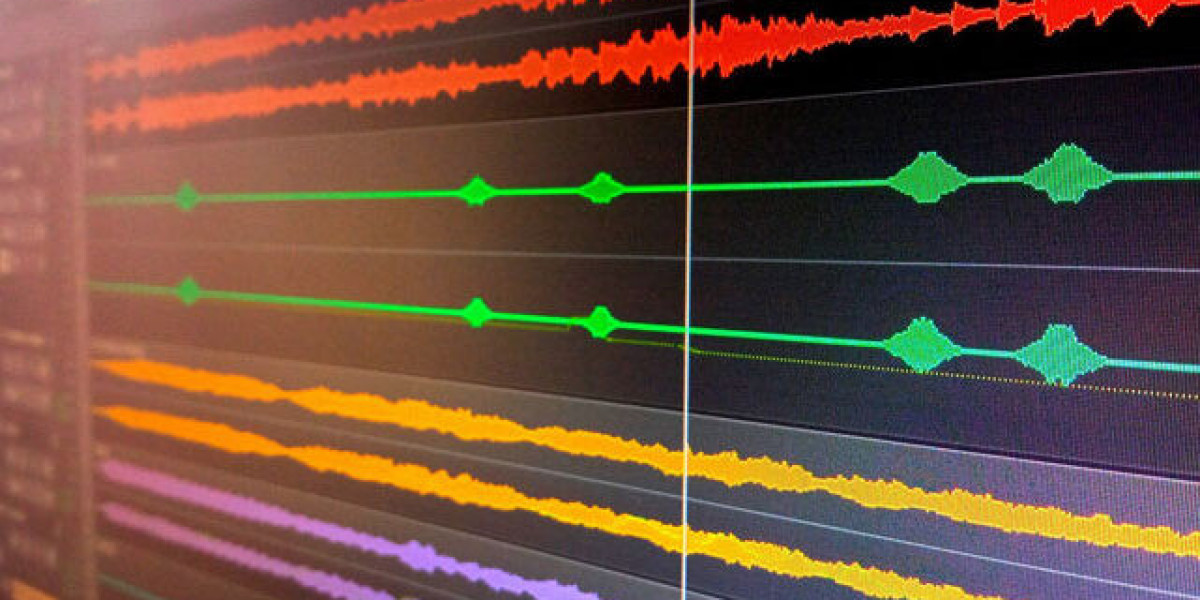Milling machine automation is revolutionizing the manufacturing industry by significantly enhancing production quality, efficiency, and flexibility. As industries demand higher precision and faster turnaround times, innovations in milling machine automation are providing the solutions needed to meet these challenges. This article delves into the key innovations in milling machine automation and how they are transforming production quality.
Understanding Milling Machine Automation
Milling machine automation refers to the integration of automated technologies into milling processes to improve precision, consistency, and efficiency. Milling machines are essential in manufacturing for shaping and cutting materials such as metal, wood, and plastic. Automation involves the use of advanced technologies like robotics, CNC systems, and software to streamline and enhance the milling process.
Key Components of Milling Machine Automation
CNC Systems: Computer Numerical Control (CNC) systems are at the core of milling machine automation. They control the movement of the milling machine's tools and workpieces with high precision based on programmed instructions.
Robotic Arms: Robotic arms are used for tasks such as loading and unloading materials, tool changes, and quality inspection. They enhance the efficiency and flexibility of milling operations.
Automation Software: Advanced software solutions manage and monitor milling processes, offering real-time data analysis, process optimization, and integration with other automation systems.
Sensors and Feedback Systems: Sensors monitor various parameters, including temperature, pressure, and vibration, providing real-time feedback to adjust processes and ensure optimal performance.
Key Innovations in Milling Machine Automation
1. Advanced CNC Technology
Modern CNC systems have evolved to offer enhanced capabilities in milling machine automation. Innovations in CNC technology include:
Multi-Axis Machining: Advanced CNC machines now feature multiple axes (e.g., 4-axis, 5-axis) that allow for complex and intricate machining operations in a single setup. This reduces the need for multiple fixtures and setups, improving precision and reducing cycle times.
Adaptive Control Systems: These systems adjust cutting parameters in real-time based on feedback from sensors. They optimize performance by adapting to changing conditions such as tool wear or material variations, ensuring consistent quality.
Enhanced User Interfaces: Modern CNC systems come with intuitive user interfaces that simplify programming and operation. Touchscreens, graphical programming environments, and advanced simulation tools make it easier to create and manage complex milling processes.
2. Robotics Integration
Robotics play a crucial role in modern milling machine automation by enhancing flexibility and productivity. Key innovations include:
Collaborative Robots (Cobots): Cobots are designed to work alongside human operators, performing tasks such as material handling, tool changes, and quality inspections. They are equipped with safety features and can be easily programmed for various tasks, making them ideal for small and medium-sized enterprises (SMEs).
Automated Material Handling: Robotic arms equipped with advanced vision systems can automatically load and unload workpieces, reducing manual intervention and minimizing downtime. This improves overall throughput and efficiency.
Precision Robotics: High-precision robotic arms are used for intricate tasks requiring exceptional accuracy. They are capable of performing complex operations with consistent quality, enhancing the overall performance of milling processes.
3. IoT and Smart Manufacturing
The Internet of Things (IoT) is transforming milling machine automation by enabling connectivity and data exchange between machines and systems. Innovations in this area include:
Real-Time Monitoring: IoT-enabled sensors collect data from milling machines, providing real-time insights into performance, usage, and maintenance needs. This data helps in predictive maintenance, reducing unexpected downtime and extending the lifespan of equipment.
Data-Driven Decision Making: Advanced analytics and machine learning algorithms analyze data collected from IoT sensors to identify patterns, optimize processes, and predict potential issues. This leads to more informed decision-making and process improvements.
Remote Access and Control: IoT technologies allow for remote monitoring and control of milling machines. Operators can access machine data, adjust settings, and troubleshoot issues from anywhere, improving flexibility and responsiveness.
4. Machine Learning and AI Integration
Machine learning and artificial intelligence (AI) are driving innovation in milling machine automation by enhancing process optimization and quality control. Key advancements include:
Predictive Maintenance: AI algorithms analyze historical data and real-time sensor inputs to predict equipment failures before they occur. This proactive approach to maintenance reduces downtime and repair costs.
Quality Control: Machine learning algorithms can analyze images and sensor data to detect defects or deviations from specifications. Automated quality control systems ensure that only parts meeting the required standards are produced.
Process Optimization: AI-driven systems can optimize milling parameters such as feed rates, spindle speeds, and cutting depths based on real-time conditions. This improves efficiency, reduces tool wear, and enhances overall production quality.
5. Enhanced Simulation and Virtual Prototyping
Simulation and virtual prototyping technologies are becoming increasingly important in milling machine automation. Innovations include:
Advanced Simulation Software: Modern simulation software allows for detailed virtual testing of milling processes before physical production. This helps in identifying potential issues, optimizing tool paths, and improving overall process efficiency.
Digital Twins: Digital twins are virtual replicas of physical milling machines and processes. They enable manufacturers to simulate and analyze the performance of their systems in a virtual environment, allowing for better planning, optimization, and troubleshooting.
Virtual Reality (VR) and Augmented Reality (AR): VR and AR technologies provide immersive environments for training and process visualization. Operators can experience and interact with milling processes in a virtual setting, enhancing their understanding and proficiency.
The Impact of Innovations on Production Quality
1. Enhanced Precision and Accuracy
Innovations in CNC technology, robotics, and AI contribute to higher precision and accuracy in milling processes. Multi-axis CNC machines and advanced robotics perform intricate operations with exceptional detail, ensuring that parts meet exact specifications.
2. Increased Efficiency and Throughput
Automation innovations streamline milling processes, reducing manual intervention and optimizing production cycles. Advanced CNC systems, robotic material handling, and real-time monitoring all contribute to increased efficiency and higher production throughput.
3. Improved Consistency and Reliability
Automation technologies ensure consistent execution of milling processes, minimizing variability and errors. Adaptive control systems, quality control algorithms, and real-time feedback mechanisms all work together to maintain high production standards.
4. Reduced Downtime and Maintenance Costs
Predictive maintenance and IoT-enabled monitoring help identify and address issues before they cause significant downtime. This proactive approach to maintenance reduces repair costs and extends the lifespan of milling equipment.
5. Greater Flexibility and Adaptability
Modern milling machine automation solutions offer greater flexibility and adaptability to changing production requirements. Collaborative robots, advanced simulation tools, and AI-driven optimization enable manufacturers to quickly adjust to new product designs and market demands.
Conclusion
The future of production is being shaped by cutting-edge innovations in milling machine automation. From advanced CNC technology and robotics integration to IoT, AI, and simulation tools, these innovations are enhancing production quality, efficiency, and flexibility. As manufacturers continue to adopt and integrate these technologies, they will be better equipped to meet the demands of a rapidly evolving industrial landscape. Embracing these advancements in milling machine automation is not just a technological upgrade but a strategic investment in achieving superior production outcomes and maintaining a competitive edge in the market.








